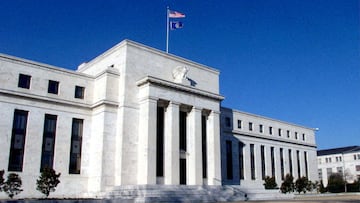How can this month’s inflation numbers affect the Fed’s decision on interest rates?
The data was released this week and inflation crept upwards. The Federal Reserve has still not got on top of it despite eye-watering interest rates.

The US Bureau of Labor Statistics (BLS) released August’s Consumer Price Index (CPI) last Wednesday, and it was slightly worse than expected. The consumer price index rose a seasonally adjusted 0.6% for the month, and was up 3.7% from a year ago. Economists had expected year-on-year inflation to be 3.6%.
Food prices experienced a modest 0.2% increase, while housing expenses, comprising approximately one-third of the CPI weighting, saw a 0.3% uptick. Within the housing category, the index for rent surged by 0.5%, marking a significant 7.8% increase compared to a year ago.
Energy prices were to blame for much of the increase, rising 5.6% on the month, an increase that included a 10.6% surge in gasoline.
President Joe Biden recognised the spike in gasoline prices, saying in a statement Wednesday, “Overall inflation has also fallen substantially over the last year, but I know last month’s increase in gas prices put a strain on family budgets. That’s why I remain laser-focused on cutting energy costs, including by investing in clean energy to bolster our energy security.”
All this information has shown that the high interest rates have not done their job fully. A blunt instrument, the hiking of interest rates aims to stunt spending by forcing companies to cut back and let workers go.
So what will the Federal Reserve do?
The Fed had been constantly increasing interest rates since March 2022. However, there was no change at their most recent meeting and the expectation is that they will stay at 5.25%. Inflation is slightly higher than expected, but other economic aspects need to be taken into account such as unemployment, which has been creeping up over 2023.
“Looking ahead, easing demand for goods and services, the pass-through from softer home and rent price inflation, and cooling wage growth should lead to further disinflation,” wrote Gregory Daco, chief Economist at EY-Parthenon, in a note.
Financial markets see a 97% chance that the Fed will decide to pause, according to the CME FedWatch Tool.






